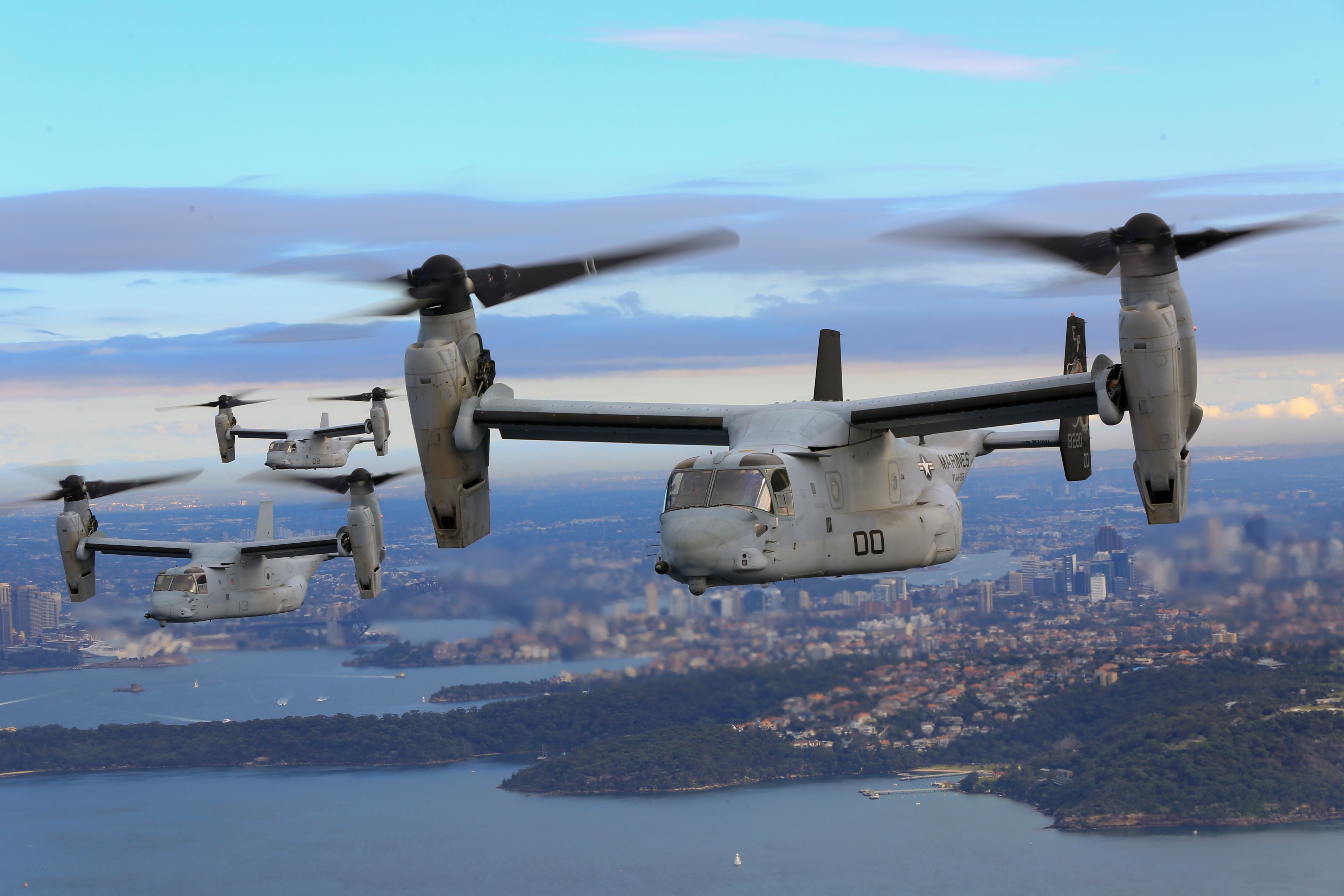The Corps has released new interim guidance on underwater egress training following the release of an investigation into a deadly MV-22 crash off the coast of Australia that killed three Marines.
Marines undergoing job training that deals with rotary wing/tilt-rotor aircraft over water or Assault Amphibious Vehicle waterborne operations must complete underwater egress training, or UET, before they can receive their military occupational specialty, according to a MARADMIN posted May 25.
The new guidance is described as merely “interim” in lieu of official Marine Corps policy, according to the MARADMIN.
“Based on the risks associated with a demanding operational tempo, the requirement for the service-level policy for Underwater Egress Training (UET) has become evident,” the MARADMIN reads. “UET presents significant risk to participants, so prior preparation by training units is required.”
According to the new guidance, Marine Corps Training and Education Command updated UET training prerequisites on the Range Facility Management Support System, or RFMSS, and units can use the system to schedule training.
“Other personnel may complete UET dependent on priority and availability of facility. Unit training priorities are the responsibility of the Marine Expeditionary Force (MEF) Commander,” the MARDMIN states.
On Aug. 5, 2017, and MV-22 Osprey conducting a training exercise embarked with the 31st Marine Expeditionary Unit crashed off the coast of Queensland, Australia, after the aircraft struck the deck of amphibious transport dock Green Bay.

The Osprey plunged into the ocean, taking only 9 minutes to completely submerge. A Marine Corps investigation found that the passengers with Golf Battery aboard the aircraft that day were deemed “infrequent fliers” and were not required to have any UET training.
Moreover, two of the passengers that had attended emergency egress training had failed the course.
The investigation found that when the aircraft crashed some Marines needed assistance getting out of their restraints, underwater breathing apparatuses were not used and some Marines failed to inflate their life preservers.
Three Marines lost their lives in the crash.
Marines undertake helicopter dunker training, commonly called the helo dunker, to learn how to escape from a helicopter sinking in the water.
A mockup of a helicopter sits in a larger pool where Marines strapped into the seats go through iterations of the helicopter being submerged as they learn how to use breathing apparatuses and escape from the sinking aircraft.
Shawn Snow is the senior reporter for Marine Corps Times and a Marine Corps veteran.




